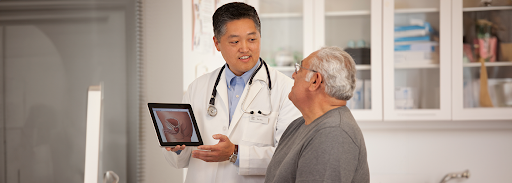
Transurethral Resection of Prostate (TURP) is a surgical procedure that is used to treat mild to severe symptoms of Benign Prostatic Hyperplasia (BPH), also referred to as the enlarged prostate. It is also the standard surgical therapy for lower urinary tract symptoms (LUTS) due to prostate enlargement.
During this procedure, the surgeon inserts a resectoscope which is a visual and surgical tool to enter the urethra (the tube that carries urine from the bladder to the penis) to scrape away the excess prostate tissue one piece at a time. The removal of the obstructive prostatic tissue from the inside of your prostate gland by using this procedure helps to have urine flow normally again from the bladder. This is performed under general or spinal anaesthesia.
Transurethral Resection of Prostate surgery is a proven effective procedure that alleviates symptoms related to Benign Prostatic Hyperplasia and other urinary tract disorders. Your doctor will suggest this procedure for mild to severe cases if other medications are shown not responsive.
Other urinary tract conditions that may benefit from the TURP procedure include frequent urinary tract infections, loss of normal kidney function, bladder stones, incontinence (inability to control urination), and recurring blood in the urine.
After undergoing a transurethral resection of the prostate (TURP), it is important to focus on your recovery. Here are some tips to help you recover after a TURP:

Wait a minute